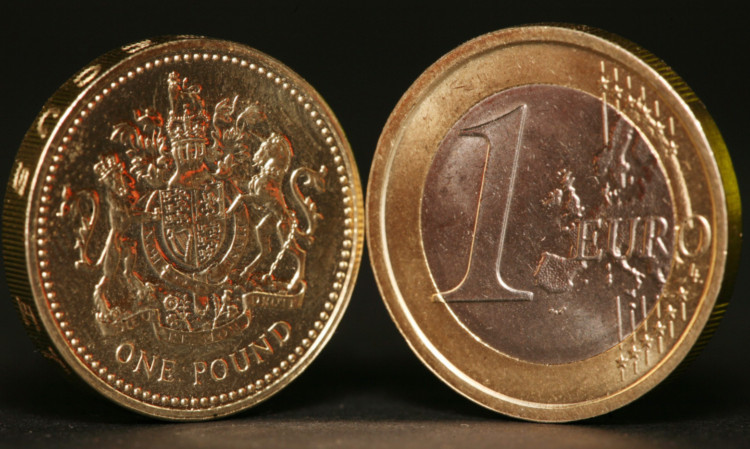The Scottish Government has confirmed that the exchange rate to be used to calculate support delivered through the 2013 Single Farm Payment (SFP) scheme will see one euro equalling 83.6p.
September 30 has become the default day for setting this important exchange rate.
From a recipient’s viewpoint the 2013 rate compares favourably with last year’s exchange rate of 79.8p. It is a 4.76% improvement but unfortunately it is not going to translate into an SFP increase of the same magnitude.
The benefit to Scottish farm businesses is to be almost all stripped away by the impact of ‘financial discipline’.
This is the mechanism which makes sure that EU expenditure meets tight budgets, and this year it will see 4% removed from the value of SFP, leaving Scottish farmers in the net position of being just 0.7% better off in support terms.
NFUS director of policy Jonnie Hall said: “What the exchange rate has delivered to Scottish farmers on one hand this year, financial discipline will take away with the other.
“Today’s exchange rate setting is a huge factor in determining the value of support delivered to all eligible farm businesses in Scotland.
“Last year, financial turmoil in Europe saw significant weakening in the euro, but much of that ground has been recovered,” he said.
“With 85% of Scottish SFP recipients receiving payments in sterling, volatility in currency remains a constant worry for many businesses, especially when the rate-setting process comes down to a single day.
“The exchange rate also means that those businesses receiving their SFP in euros will have to think very carefully about how they manage their funds when they convert them to sterling.
“This year the exchange rate has worked in favour of many businesses but, for the first time, the impact of financial discipline across Europe will bite the vast majority of SFP recipients.
“To balance budgets, virtually all member states must cope with a 4% reduction in direct support schemes. For us, that means SFP and beef calf scheme payments taking a hit.
“As for delivery of the 2013 SFP, we have already sought reassurances from Scottish Government that the payment run will commence at the earliest opportunity in December.
“Meeting that timetable is important given the difficult winter and spring endured by a great many Scottish farm businesses.
“Looking ahead, we have also put down a marker with Scottish Government about payment arrangements under the new CAP regime in the future.
“The shift from SFP being paid on a historic basis to an area rate will bring complexity and challenges to administration and payment systems.
“Under the new regime, we want Scottish Government to be in a position to pay out 90% of support to an individual farm business as soon as such payments are permissible. That would give a comfortable cushion and minimal disruption should delivery systems be under pressure.”
The Scottish Government has estimated that 85% of 2013 SFP recipients opted to receive payments in sterling at the rate decided on Monday. They account for 58% of the funds received.
The 15% of businesses which opted to be paid in euros and then make their own currency exchange arrangements accounted for 42% of the funds.
Jimmy McLean, head of agricultural at Royal Bank of Scotland, said: “We estimate that 15% have already elected to receive their payments directly in euro, but these tend to be the larger farmers and account for approximately 40% of the total value of payments.
“The number of farmers electing to receive their payments in euros is marginally higher than in 2012.”
Many of the farmers who have elected to receive their payments directly in euros have also entered exchange rate contracts for a proportion of these payments. The exchange rate they have received will vary depending on the date the contract was agreed.
SFP euro exchange rates in recent years: 2012 79.8p; 2011 86.6p; 2010 85.9; 2009 90.9p; 2008 79.0p.
